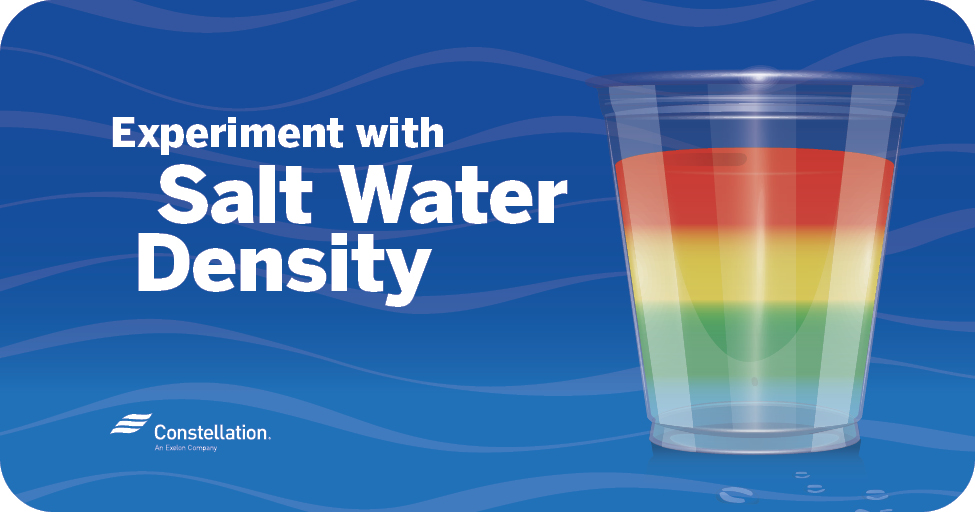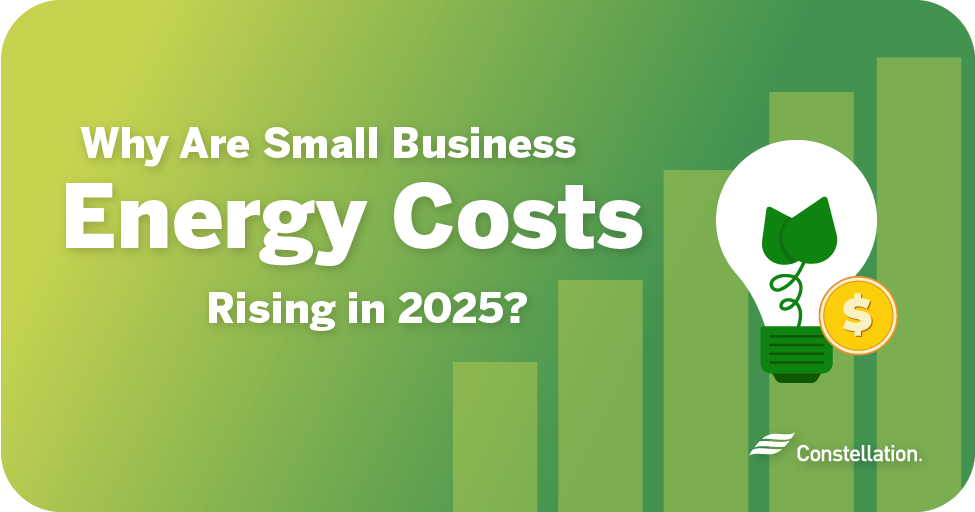
- Category:
Uncategorized -
Last updated:
April 9, 2021
Experiment for Kids: Salt Water Density
Have your kids ever asked you why they float better in salt water versus fresh water? How do different amounts of salt affect the density of a solution? Our friends at the Fort Bend Children’s Discovery Center have shared a cool (and colorful) experiment with us that will help kids grasp the science behind density. This kid-friendly, simple and super fun project can be done with just a few supplies you can find around your kitchen. After doing this experiment, your child will be able to answer how different amounts of salt affect the density of water.
What You’ll Need:
- Cups – at least 2 but you can use as many as 6. Clear is best but if you don’t have clear cups, any cup will work.
- Water – straight from the tap is fine!
- Salt
- Food Coloring – if you don’t have food coloring, break open a marker and use the sponge inside to color your water.
- Teaspoon
- Measuring Cup
- Marker
- Clear Straw
How to Do the Experiment:
- Gather as many cups as you can – clear are best but any cup will do. You need 6 at most.
- Using your measuring cup, fill each cup with 6 ounces of water.
- Using your food coloring, color each cup of water a different color. If you have 6 cups, you’ll need to mix two colors of food coloring for the fifth cup and two different colors for the sixth cup. If you don’t have food coloring, you can color the water by taking the sponge out of markers and placing them in the water. Have an adult help you remove the sponges.
- If you are using clear cups, number each cup 1-6 directly on the cup. If you are using glasses or ceramic cups, mark pieces of paper 1-6 and place one number by each cup.
- The numbers represent the number of teaspoons of salt each cup will get. Cup No. 1 will get 1 teaspoon. Cup No. 2 will get three teaspoons. Cup No. 3 will get three teaspoons. And so on.
- Add the correct amount of salt to each cup of colored water.
- Stir the salt water thoroughly.
- Grab yourself a clear straw.
- Dip the straw into the water of cup No. 1. Place your thumb over the straw opening. Remove the straw. You should have a bit of colored water in the straw.
- Now dip your straw into cup No. 2. Very quickly remove your thumb and replace your thumb over the straw. You should have a bit of colored water from this cup underneath the water from the first cup.
- Keep dipping into your remaining cups.
What’s Happening?
Although both water and salt have a unique density, you can change the density of the water depending on how much salt you put into it. In other words, the more salt in each cup, the denser the salt water solution becomes. When you place your straw into the first cup (the least dense) and put your thumb over the opening, air pressure from the cup moves the water up the straw. Because you have your thumb over the other opening air pressure is not pushing down on the water in the straw. That’s why when you remove the straw the water stays in the straw. When you dip the straw into the second cup and quickly remove and replace your thumb over the opening water from the second straw is pushed in, but because it is denser it rests under the less dense water. Because the densities are different, they won’t mix!
Additional Activities and Lesson Plans:
- Tin Can Lanterns
- Homemade Rock Candy
- Build Your Own Bouncy Ball
- Solar Oven S’mores
- Lesson Plan 1: Energy Basics and Energy Sources
- Lesson Plan 2: Electricity and Electricity Generation
- Lesson Plan 3: Conservation at Home
- Lesson Plan 4: Wind and Natural Gas
- Lesson Plan 5: Solar Energy
- Lesson Plan 6: Understanding Your Electricity Bill
- Lesson Plan 7: Measuring Your Electricity Consumption
Experiment provided by Jason Hammond
Jason Hammond is the A’STEAM manager at the Children’s Museum Houston. A’STEAM (Afterschool Science, Technology, Engineering, Arts Design, Mathematics) is a program developed in partnership with the YMCA of Greater Houston to provide weekly science activities to after school children throughout the Houston area and beyond. During the summer the partnership continues with Summer of Learning – a program that provides weekly science activities to children enrolled in YMCA summer camps. Jason and his team at the Children’s Museum also create activities for YMCA summer camps at Camp Cullen, Girl Scouts of San Jacinto and Camp Adventure, a summer camp program for Houston’s disadvantaged youth.
During the stay at home order, Jason has been busy providing educator moments and story times that can be seen on the Children’s Museum Houston Instagram, Facebook and YouTube channels, providing updated curriculum for the Children’s Museum web page, creating daily fun activities for families that have limited access to internet, and overseeing the creation of science kits for centers providing day care services to essential workers and science bags for individual families.




